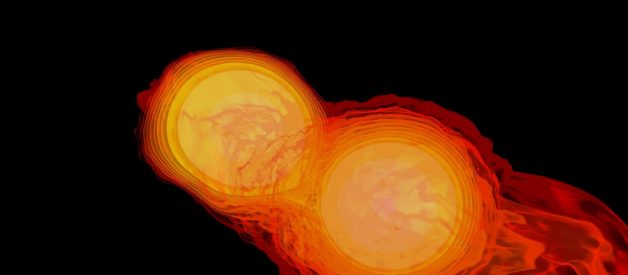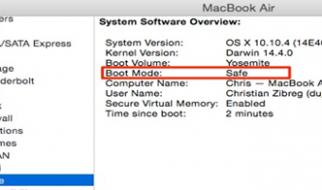Some call it the most dangerous substance in the universe. It could lie at the heart of ?neutron stars?.
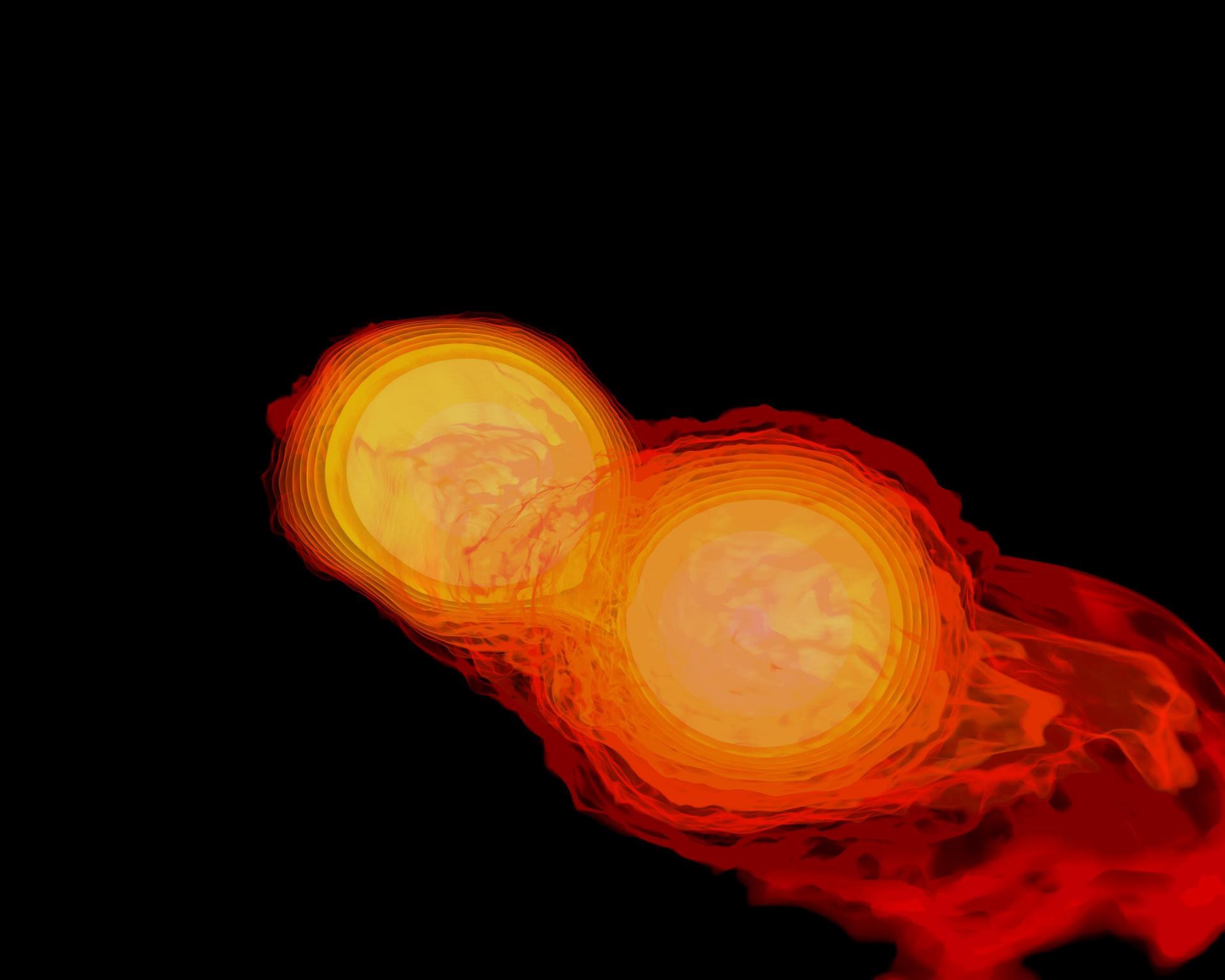 A simulation shows the merger of two neutron stars. Eventually they leave behind a black hole. Image by NASA.
A simulation shows the merger of two neutron stars. Eventually they leave behind a black hole. Image by NASA.
In one of the most violent events in the universe, two neutron stars are gravitationally latched onto one another. They perform a cosmic dance where immense forces draw them together and deform their once neat, round bodies into gnarled and oblong shapes. It takes only a few milliseconds ? less than the blink of an eye ? for their crusts to shatter open and the less massive star to burst in a gory mess of material. Its contents form a spiral shape surrounding the merger while the larger star continues to get heavier. It grows, becoming more massive, soaking in the superdense material of the erupted star until it can no longer hold itself up against gravity. The star wavers, but finally succumbs into a black hole. The universe is now home to a new dark, sucking sphere. Less dense material that isn?t scraped into the black hole will orbit around in a fast-moving torus extending hundreds of miles. It is during one of these events that scientists hypothesize a dangerous, unpredictable substance might be ejected into the universe.
This is strange matter. And it could exist here on Earth already, deposited in our water or tucked away in Arctic meteorites. This strange matter is like a pathogen ? infecting and converting normal matter into something altogether different. As physicist Edward Farhi described it, ?A lump of strange matter has an insatiable appetite for neutrons and grows fat by eating them.? Anything coming into contact with the border of strange matter would be consumed by it, altered at a subatomic level until the normal matter itself became strange.
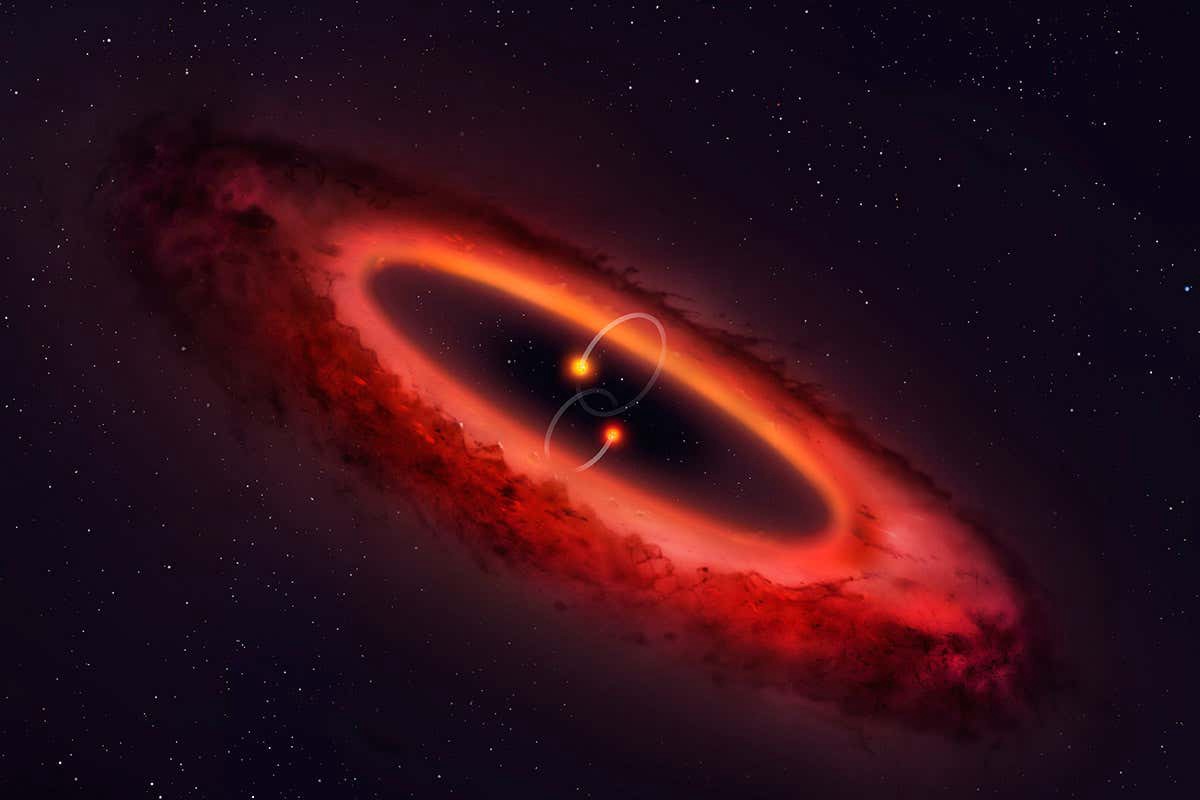 The Hulse?Taylor binary system is the first binary pulsar ever discovered. Two neutron stars, one of which qualifies as a pulsar, orbit around one another and are expected to meet in a catastrophic collision. They will create a black hole, ejecting as much as 10% of the sun?s mass worth of material. Some of this material may be in the form of strange matter. Artist?s impression shows binary stars in the system HD 98800. Image by University of Warwick/Mark Garlick.
The Hulse?Taylor binary system is the first binary pulsar ever discovered. Two neutron stars, one of which qualifies as a pulsar, orbit around one another and are expected to meet in a catastrophic collision. They will create a black hole, ejecting as much as 10% of the sun?s mass worth of material. Some of this material may be in the form of strange matter. Artist?s impression shows binary stars in the system HD 98800. Image by University of Warwick/Mark Garlick.
Strange matter is thought to exist in the interior of neutron stars. These stars are what remain after massive stellar cores have exhausted all their fuel and collapse, birthing a bountiful supernova in the process. Electrons and protons merge into neutrons, reaching a maximum density at a radius of about 6 miles (10 km). Very little is known about the interior of neutron stars, but there is evidence that strange matter may lie just beneath the thin crust of ions, electrons, and gas. Some hypotheses suggest that there may not even be such a thing as neutron stars and that every object we suspect to be a neutron star is actually a strange star.
Ordinary neutron stars should have a fluid made almost entirely of neutrons beneath the crust. This is neutronium, a mysterious and extremely dense substance. Just a spoonful of it would weigh more than Earth?s tallest mountain. But this neutronium doesn?t exist just anywhere ? it exists at the center of a neutron star where immense pressures can cause the neutrons to melt into quarks. Neutrons are not, after all, elementary particles. Quarks are.
 A computer simulation shows the environment around a pulsar. Pulsars are spinning neutron stars. Shown here are electric and magnetic fields streaked with the paths of particles. Electrons are in blue and their antimatter counterparts are in red. Image by NASA.
A computer simulation shows the environment around a pulsar. Pulsars are spinning neutron stars. Shown here are electric and magnetic fields streaked with the paths of particles. Electrons are in blue and their antimatter counterparts are in red. Image by NASA.
Quarks are the building blocks of particles. Everyday matter consists of up and down quarks since these two are the most stable of the six quark flavors. The other four quark flavors (strange, charm, top, and bottom) are produced in high energy events like particle accelerator experiments or cosmic rays. Normally neutrons are made of one up and two down quarks, but in the extreme environment of a neutron star some of these particles may undergo conversion. As the neutrons melt into quarks, half the down quarks are converted into strange quarks so that there are now an equal number of the three flavors: strange, up, and down. Material made of these three quarks is what we call strange matter ? forged under unfathomable pressure, last thought to have existed at the beginning of the universe.
But strange matter from just after the Big Bang could not have survived up until now. When scientists take into account the early conditions of the universe, thermodynamics, and the expected properties of strange matter, analyses show time and again that strange matter would have evaporated as conditions cooled, lasting until only a second after the Big Bang explosion. This evaporation is also the main reason why strange matter doesn?t make a convincing dark matter candidate.
The only feasible place to find strange matter, then, would be at the center of what we call ?neutron stars?.
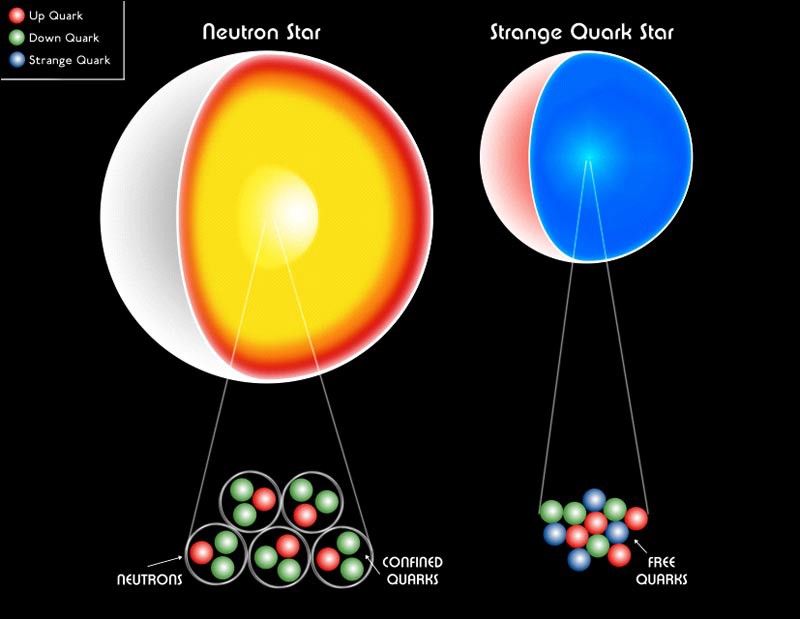 Neutron stars have only up and down quarks that are confined. Strange stars would have up, down, and strange quarks free from confinement. Diagram by NASA.
Neutron stars have only up and down quarks that are confined. Strange stars would have up, down, and strange quarks free from confinement. Diagram by NASA.
If this strange quark matter is also the ideal state of matter, than any neutrons which come into contact with it will want to switch over. Strange matter is stable, denser, and stars made of it could outlast everything. These are all qualities regular matter will find attractive.
A neutron enters strange matter and dissolves to release its quarks, lowering its energy. This lower energy state is more stable ? possibly the most stable energy source in the entire universe. As neutrons and protons bleed into the strange matter and morph into the buzzing quark bath, any freed energy will work to further convert more matter into strange matter. A fleck of strange matter traveling fast enough could enter a star or a planet, changing it from the inside out, growing like a bacterial culture that continues to eat. This is one of the most sensational pictures of Earth?s death: the planet struck by and devoured by an unstoppable flood of strange matter. It?s the reason some call strange matter ?the most dangerous substance in the universe?.
However, there?s no way for us to know whether or not strange matter is actually stable. Though we?ve searched for it in meteorite samples on Earth and in cosmic rays, there have never been any confirmed detections. Some observed neutron stars are too small, or too cool, or are associated with supernova that were too bright and lasted too long. These are strange matter candidates.
What would need to happen for these strange matter flecks ? known somewhat endearingly as strangelets ? to metastasize within a planet?
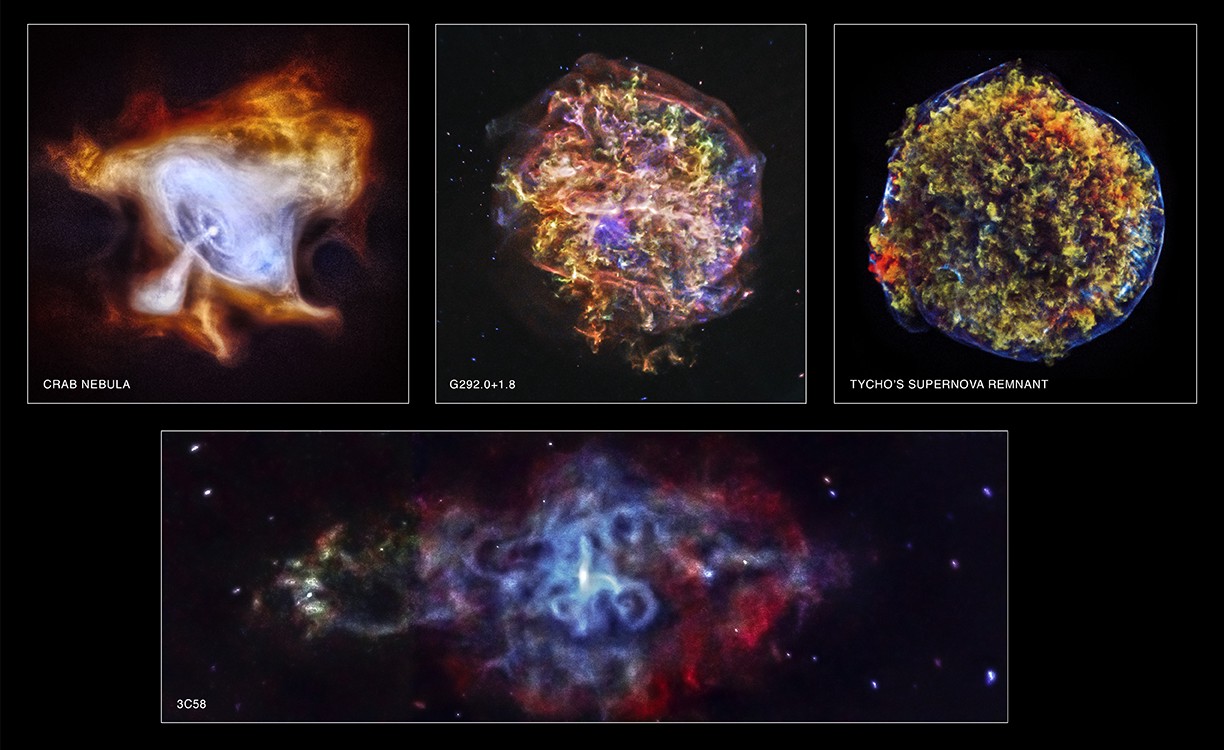 A pulsar known as 3C58 rests in the sky 10,000 light years from Earth. While its temperature should be 1.5 million degrees Celsius (2.7 million degrees F), its surface is less than a million degrees. Quark matter at its heart would use heat from the neutron star as an anergy source for converting down quarks into strange quarks. This would result in a much lower temperature for the young star. Image of supernova remnants by NASA/CXC/SAO.
A pulsar known as 3C58 rests in the sky 10,000 light years from Earth. While its temperature should be 1.5 million degrees Celsius (2.7 million degrees F), its surface is less than a million degrees. Quark matter at its heart would use heat from the neutron star as an anergy source for converting down quarks into strange quarks. This would result in a much lower temperature for the young star. Image of supernova remnants by NASA/CXC/SAO.
Any strangelets existing on Earth would have to be microscopic, having a radius of only a few hundred femtometers. Larger pieces would be too heavy to rest on top of the planet?s crust and would instead sink to the core. The reason strangelets would be allowed to rest on the crust without consuming it is because strange matter is thought to have a positive charge. Matter on Earth also has a positive charge. Thus, they would repel one another. There are only two ways strange matter could eat away our world: it could be negatively charged (most scientists don?t believe this to be the case), or it could overcome the Coulomb barrier with enough kinetic energy. The Coulomb barrier is the repulsion that would prevent the positive strange matter particles and the positive Earth matter particles from interacting with one another.
There are a lot of requirements for this end-of-the-world scenario to come true. Strange matter must exist, be stable, be on a collision course with Earth, and must then either have a tremendous amount of kinetic energy or be negatively charged.
We have considered making strange matter in places like the Large Hadron Collider. Dissecting strange matter is like digging up a fossil and brushing it off in the hopes that it will help us understand events that took place long before we came to exist. It not only fills in gaps with the history of the cosmos, but also informs us as to what happens at the core of the universe?s strangest stars.
